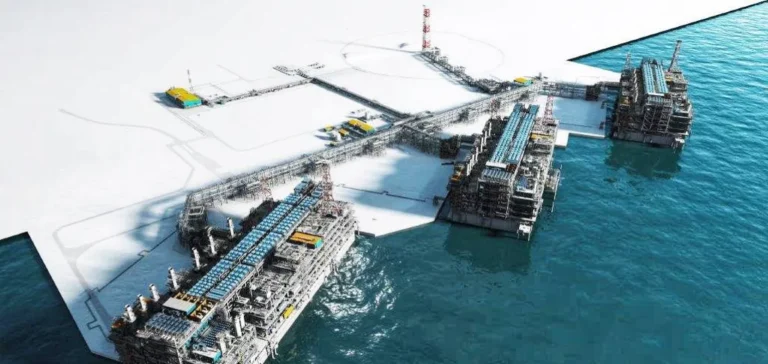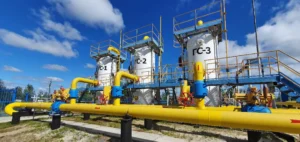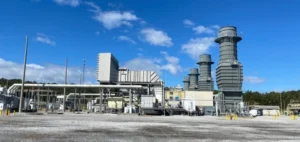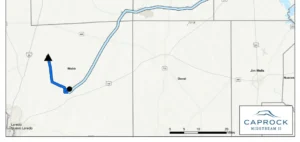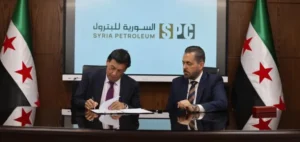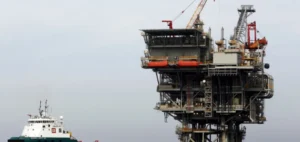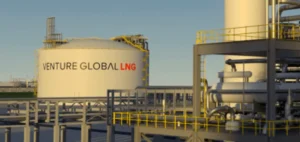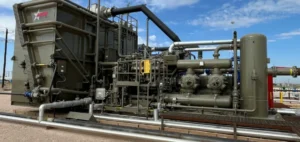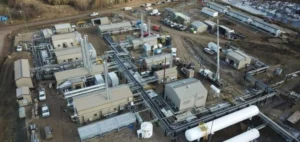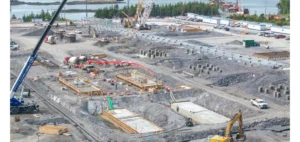The influx of liquefied natural gas (LNG) cargoes from Russia’s Arctic LNG 2 project into China has put downward pressure on Asian spot market prices. This movement, which began in late August, comes as the Beihai terminal in the Guangxi Zhuang Autonomous Region received at least four sanctioned vessels.
Price decline supported by Russian arrivals
The Japan Korea Marker (JKM), the benchmark price for LNG cargoes delivered to Northeast Asia, dropped by $0.57 per million British thermal units (MMBtu) between August 28 and September 11. It stood at $11.571/MMBtu for October deliveries. This decrease is attributed to a combination of low Chinese demand and increased supply from Russian cargoes, according to market sources.
A Chinese market participant stated that “the country is already well supplied with pipeline gas, reducing the interest in spot purchases.” The acceleration of arrivals at the Tieshan terminal coincided with a period usually marked by the start of supply security strategies, which have yet to be activated this year.
Traffic limited by Arctic winter
However, this pace of shipments is expected to slow as winter approaches. The gradual closure of the Northern Sea Route (NSR), rendered impassable by ice from mid-November, will restrict access for conventional LNG carriers.
According to the Japan Organization for Metals and Energy Security (JOGMEC), only Arc 7-class ships, capable of navigating Arctic conditions, will be able to make up to two monthly round trips between Murmansk and Kamchatka during the cold season. As a result, monthly volumes from Arctic LNG 2 to Asia are expected to fall to two or three cargoes per month, down from higher current levels.
Rising logistical and regulatory hurdles
The Arctic LNG 2 project, operated by Russian company Novatek (60%), includes several international partners such as TotalEnergies (France), CNPC and CNOOC (China), and Japan Arctic LNG BV. The latter is 75% owned by the Japan Organization for Metals and Energy Security (JOGMEC) and 25% by Mitsui.
Cargo deliveries remain under pressure from a complex regulatory environment. Several vessels, including the Christophe de Margerie, La Perouse and North Sky, were sanctioned in 2024 by UK and US authorities. The United States recently reiterated warnings that any participation in the Arctic LNG 2 project poses significant sanctions risks.
Buyers cautious over legal risks
In India, public buyers have shown no interest in these cargoes. “We have not received any offers for spot volumes from Arctic LNG 2,” said a representative of a public LNG importer. Another Indian source noted it was unlikely that such volumes would be absorbed by the local market.
The Beihai terminal, operated by state-owned China Oil and Gas Pipeline Network (PipeChina), has an annual receiving capacity of 6mn mt and can accommodate vessels ranging from 80,000 to 266,000 cubic metres. PipeChina is owned by several state-owned enterprises, including PetroChina (29.9%), Sinopec (14%) and CNOOC (2.9%).


